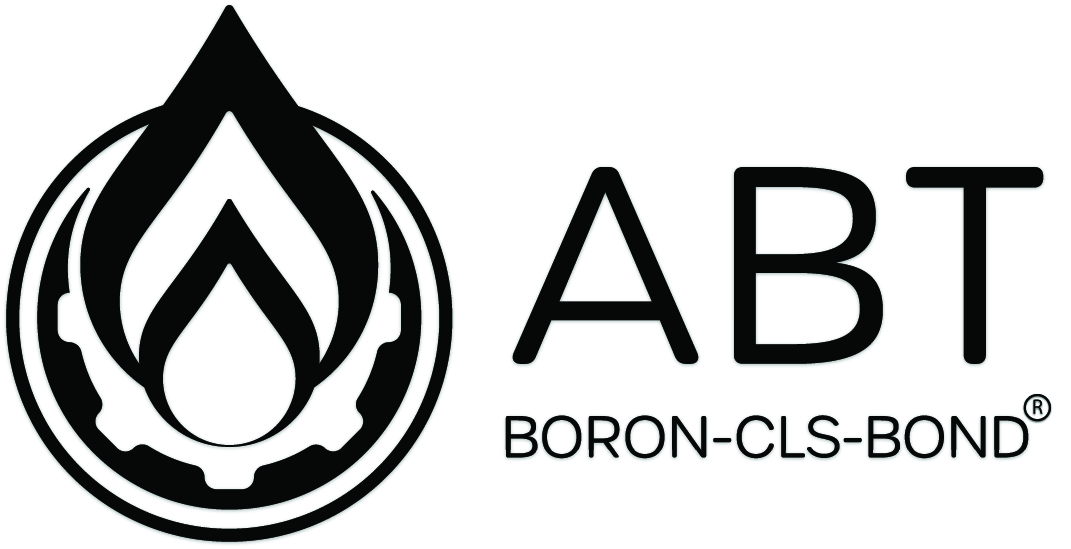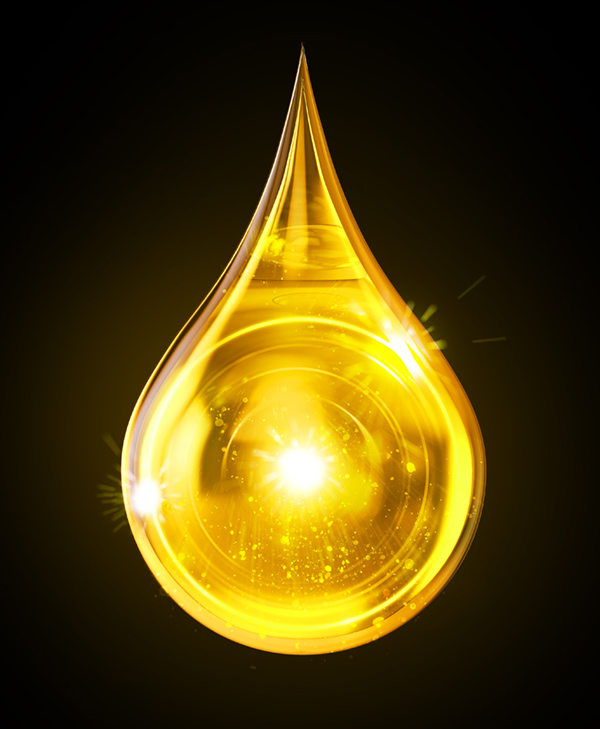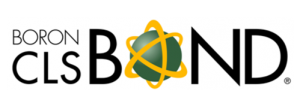Anticonvulsants for the Treatment of Alcohol Withdrawal Syndrome and Alcohol Use Disorders
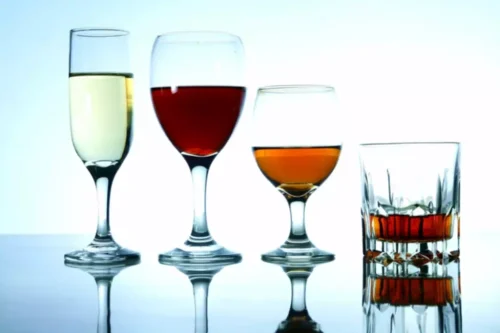
The scope of this section is limited to alcohol and opioid dependence and withdrawal. It is important to note that this review primarily utilised short‐term follow‐up periods. Approximately half of the patients undergoing alcohol detoxification remain abstinent after 3 months 13, 21.
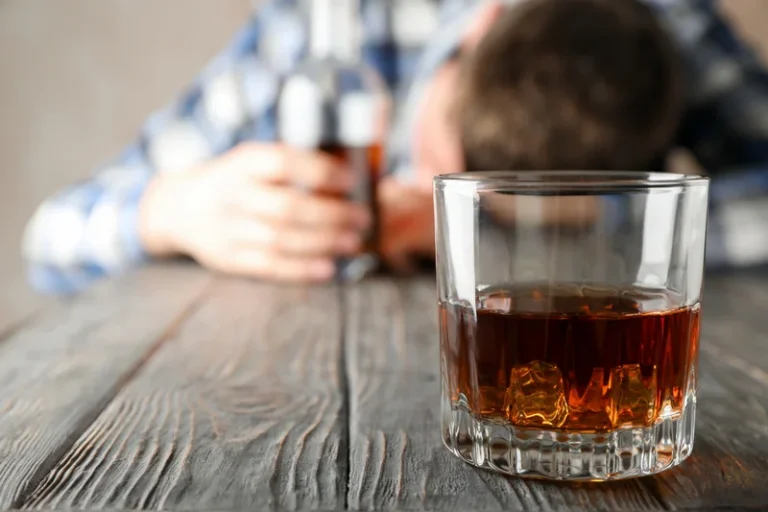
Therapy
- BZD’s are the drugs of choice for AWS in most of the treatment settings; however, anti-convulsant drugs may represent suitable alternatives.
- Non-benzodiazepine anticonvulsants (NBACs) are increasingly being used both for alcohol withdrawal management and for ongoing outpatient treatment of alcohol dependence, with the goal of either abstinence or harm reduction.
- How and where you attempt detoxification will be determined by your level of alcohol dependency.
- Acamprosate (brand name Campral) is used to help prevent a relapse in people who have successfully achieved abstinence from alcohol.
If the patient is currently using opioids to treat pain or the patient has acute hepatitis or liver failure, naltrexone is contraindicated and acamprosate may be a better option. Typically, acamprosate is best for maintaining sobriety once the patient has achieved abstinence. Renal impairment with creatinine clearance less than 30 mL per minute is a contraindication for acamprosate, and as such, baseline creatinine clearance should be evaluated. If the patient is still actively drinking, does not use opioids and has no hepatic impairment, the safest option is to initiate naltrexone. Naltrexone does not interact with alcohol and does not exhibit addictive potential. The review suggests that benzodiazepines are the preferred drugs for alcohol detoxification and all the benzodiazepines have proved similar efficacy for detoxification.
How Nutrition Supports Physical and Mental Healing During Recovery

Detailed neurological and medical examination, blood investigations and brain imaging are required and should be done, especially to rule out alternative causes. An Indian study comparing the STR and FTDR of lorazepam for alcohol detoxification in 63 indoor patients found that STR resulted in shorter duration of treatment and lower total doses of difference between drugs and alcohol medication. This double blind randomized controlled trial found STR to be as safe as the fixed tapering dose 56. Mayo-Smith and Saitz and O’Malley formulated a treatment regimen in accordance with CIWA–Ar score severity 24,51. According to these authors, patients with mild withdrawal symptoms (i.e., CIWA–Ar scores of 8 or less) and no increased risk for seizures can be managed without specific pharmacotherapy.
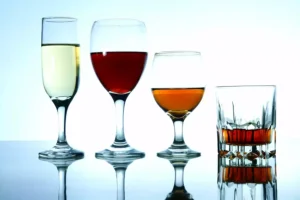
Naltrexone

Additionally, local community health centers often provide information on available CBT programs. In summary, CBT equips individuals with essential tools for relapse prevention by focusing on identifying high-risk scenarios, developing coping strategies, and engaging in role-playing exercises, making it a robust framework for sustaining recovery. The therapy emphasizes building sustainable strategies to manage triggers and stressful situations. Patients practice these strategies in controlled settings and develop personalized relapse prevention plans. This structured yet adaptable approach allows CBT to effectively cater to the diverse needs of individuals dealing with addiction, highlighting its success in fostering positive behavioral change and long-term recovery. Cognitive behavioural therapy (CBT) is a talking therapy that uses a problem-solving approach to alcohol dependence.
In this study, high-dose oxcarbazepine delayed time to relapse (58.6 % at the end of trial) to a greater degree than both low-dose oxcarbazepine (42.8 %) and naltrexone (40.7 %). High-dose oxcarbazepine also decreased the hostility–aggression subscore on the revised version of the 90-item Symptom Checklist relative to the two other groups. Although these open-label results are promising, as of March 2015, there are no active trials of oxcarbazepine in the treatment of alcohol dependence with or without other common psychiatric co-morbidity listed on ClinicalTrials.gov. Carbamazepine has been shown to be superior in ameliorating global psychological distress alcoholism treatment and reducing aggression and anxiety compared to oxazepam 57. Carbamazepine was also reported to be an effective alternative to benzodiazepines in the treatment of alcohol withdrawal syndrome in patients with mild to moderate symptoms 58.
- Wright et al. included semi‐structured interviews with 10 patients as part of a broader exploration of the free home‐based withdrawal service of the Australian Drug and Alcohol Withdrawal Network 20.
- Furthermore, barbiturates have a narrow therapeutic index, that is, the difference between the minimum doses required for a therapeutic effect and the dose at which the agents become toxic is small, as compared to BZDs and are not in common practice 3.
- In an initial open-label 16-week trial of pregabalin (150–450 mg/day), ten of 20 patients receiving pregabalin remained alcohol-free at the end of the study—five relapsed, four dropped out, and one discontinued due to adverse effects.
- Health care providers should consider that buprenorphine should not be given to patients showing signs of intoxication, especially due to alcohol or other CNS depressant drugs.
- Some people, on the other hand, will experience severe anxiety, agitation, insomnia, headache, tremors, sweating, tachycardia, hypertension, and hallucinations, seizures and delirium (delirium tremens).
What are the long-term outcomes associated with CBT?

The characteristics of service users in home detoxification programs show a diverse patient population across all age groups and varying gender distributions. In two of the detoxification programs described, 59% and 46% of patients were female, while it is known that SUDs are more common among men 31. In line with this, earlier reports on home detoxification for alcohol dependence indicated that women and younger age groups were relatively more represented in home detoxification services compared with inpatient care services 10.

